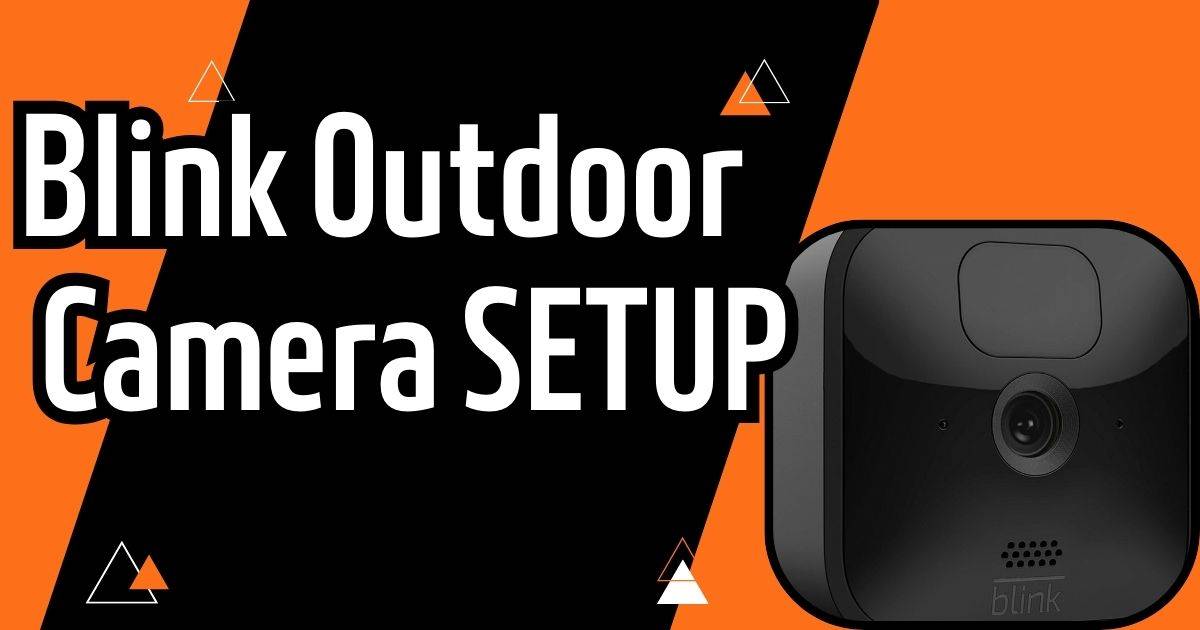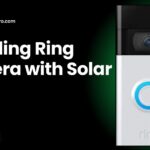Quick Answer: To set up your Ring solar camera, start by unboxing and inspecting the equipment, then select the ideal location. Securely mount the camera and connect it to your Ring app. Next, install the solar panel in a spot that receives maximum sunlight to keep your camera charged.
Introduction
Setting up a Ring solar camera doesn’t have to be complicated. Here at TechSiderPro, we’re dedicated to making smart home installations easy. This guide provides you with clear, step-by-step instructions for setting up your camera and solar panel so you can enjoy seamless, hassle-free security.
Step 1: Unbox and Organize Your Ring Solar Camera Kit
Before you start, confirm you have all the necessary components:
- Ring Camera
- Solar Panel
- Mounting Bracket
- Screws and Anchors
- Charging Cable
- User Manual
Tip: Double-check each item against the user manual to make sure nothing’s missing.
Step 2: Download the Ring App
- Get the App: Search for “Ring” on the App Store (iOS) or Google Play (Android) and download it.
- Sign Up or Log In: New users can create an account with their email. Existing users just log in.
- Allow Permissions: Enable necessary permissions so the app can connect to the camera and access location info.
Step 3: Choose the Right Spot for Your Camera and Solar Panel
Finding the perfect location is crucial for both camera coverage and solar efficiency.
- For the Camera: Pick a spot that covers the widest view of the area you want to monitor.
- For the Solar Panel: Place it in a location with lots of sunlight.
Important: Make sure the solar panel is within 13 feet of the camera since that’s the cable’s maximum length.
Step 4: Mount the Ring Camera
- Mark Drill Spots: Use the mounting bracket to mark where you’ll drill.
- Drill Holes: Use an appropriate drill bit for your wall type (brick, wood, etc.).
- Secure the Bracket: Fasten it tightly with screws.
- Attach the Camera: Slide it onto the bracket until it clicks securely into place.
Tip: Mount the camera around nine feet high to get the best view and motion detection.
Step 5: Install the Solar Panel
- Mark the Mounting Spot: Use the template that comes with the solar panel.
- Attach the Mounting Arm: Secure it with screws.
- Position the Panel: Attach the solar panel to the mounting arm and angle it towards the sun (south-facing in the northern hemisphere is ideal).
- Connect to the Camera: Plug the solar panel cable into your Ring camera’s power input.
Tip: Position the solar panel so it gets sunlight for the majority of the day to keep your camera fully charged.
Step 6: Connect and Configure Your Camera in the App
- Add the Camera: Open the Ring app, tap “Set up a Device,” and select “Security Camera.”
- Scan the QR Code: This can be found on the camera or packaging.
- Connect to Wi-Fi: Select your network, enter the password, and wait for it to connect.
- Adjust Settings: Customize your motion zones, notifications, and privacy settings as needed.
Tip: Use a 2.4 GHz Wi-Fi network for the best range and stability.
Step 7: Test Your Ring Camera and Solar Setup
Once your camera is connected:
- View the Live Feed: Open the Ring app and check the live video.
- Adjust the Angle: Tilt or reposition the camera as needed to get the best view.
- Test Motion Detection: Walk within the camera’s range to confirm it picks up movement.
Tip: Regularly check the camera’s battery status in the app, especially during cloudy days.
Frequently Asked Questions
1. Does the Ring Solar Panel Work on Cloudy Days?
Yes, it still charges, though at a reduced rate. Make sure it has sunlight exposure for consistent performance.
2. Can I Mount the Camera Without Drilling?
Yes, some adhesive mounts work for lightweight Ring cameras, but drilling gives a more secure fit.
3. How Can I Ensure Optimal Sunlight for My Solar Panel?
Keep the panel clean from dust or debris, and place it in a sunlit area.
Conclusion
With these steps, you’re well on your way to a hassle-free Ring solar camera setup. Reliable, sustainable security is now within reach! At TechSiderPro, we’re here to help you protect what matters most.






